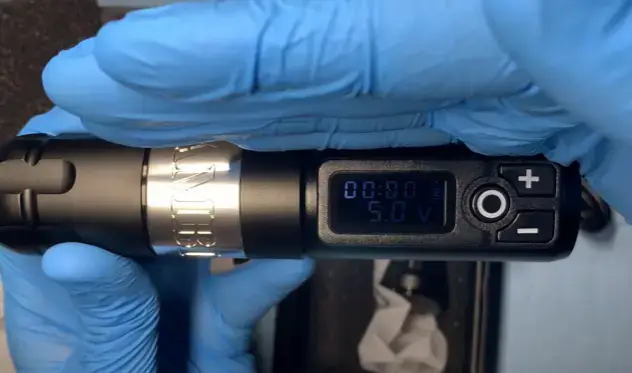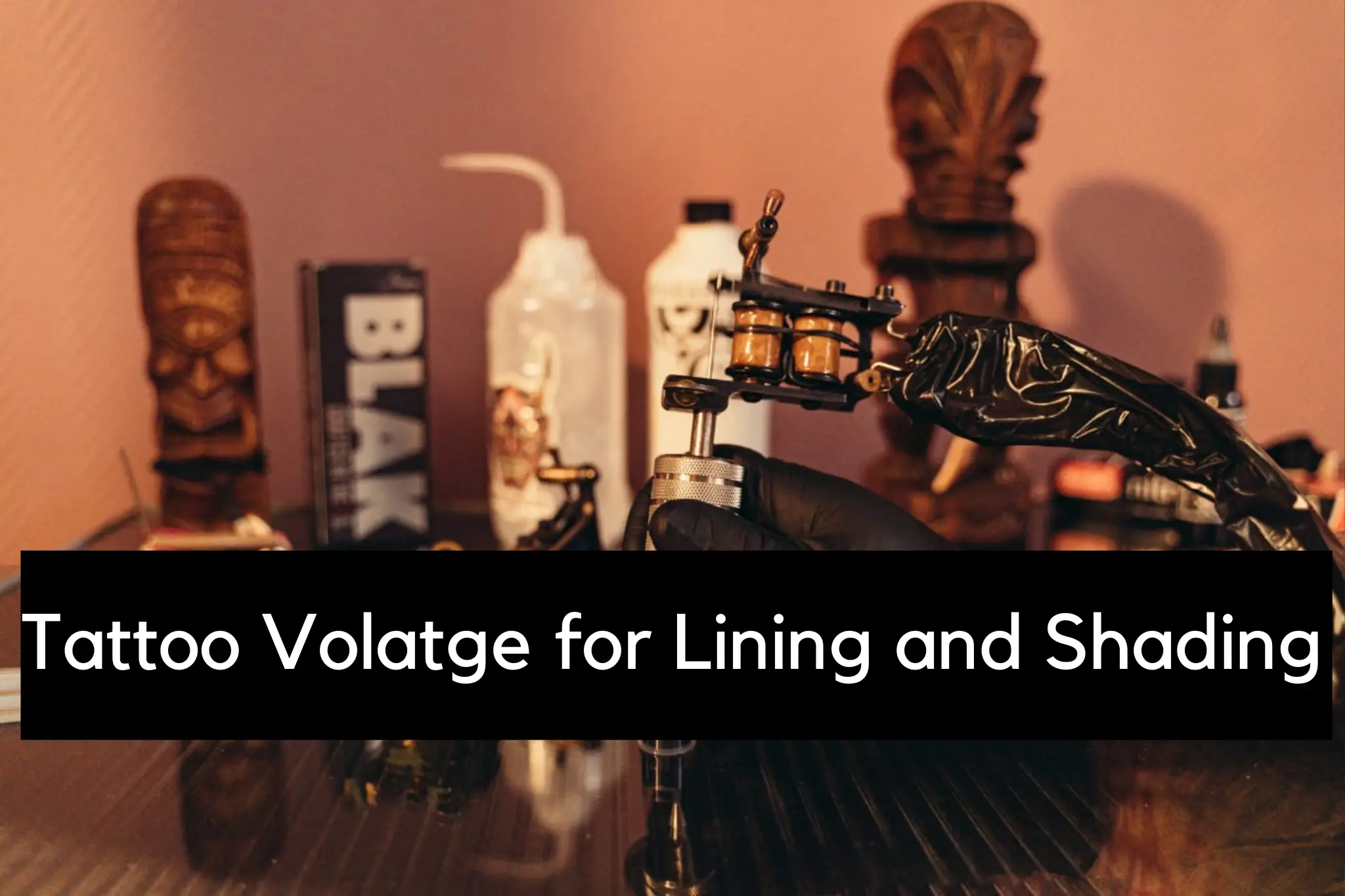Tattoo Voltage for Lining and Shading
If you have a tattoo machine, it doesn’t mean that you’re a pro artist. If someone is doing liner and shading work, he must understand the machine’s complete setup and tattoo voltage for lining and shading. As you know, lining and shading tattoos have many differences in the working mechanism. As for the lining, you need fast speed, while on the other hand, slow speed is required for shading.
A coil machine is not practical for ling and shading with one machine. A rotary machine is compatible with working as a liner machine and a shading machine. Typically, the voltage for tattooing always remains between 6v and 12v volts. Usually, for shading work, 8v to 10v voltage is required, and for liners, 7v to 9v voltage is required. This article discussed the suitable voltage and how we can adjust the voltage.
Tattoo Voltage for Lining and Shading
A detailed discussion about rotary machine voltage for lining and shading is discussed below, and also mentioned a few essential factors that affect the voltage or have a direct relation with voltage. One thing in mind is the possibility of a difference in voltages in rotary vs coil guns.
Rotary Tattoo Machine Voltage for Lining
For a beginner or pro artist doing lining work for the first time, it’s a challenging task to determine how many volts my tattoo liner should be and how to set it up for lining. Typically, most artists use 7-9 volts for lining tattoos. A significant element impacting the tattoo’s absolute brilliance is the voltage of the tattoo machine.
The voltage controls how much power is sent to the needle, which controls how quickly it moves, how deeply it goes into the skin, and how much ink is injected into it. Higher voltage devices often offer higher power outputs and can produce better results. They might be riskier and more painful for the person getting tattooed. It’s essential to consult a skilled tattoo artist before deciding on the voltage for your machine.

The best voltage for tattoo lining machines is between 7 and 9 volts, though they can also run on other voltages. The best voltage for a tattoo machine relies on various elements, such as the machine’s kind, the needle’s size, the ink density, and the client’s particular skin type. Some tattoo artists prefer using lower voltages (7-9 volts) for lining because it allows them more control and harms less tissue. Most tattoo machines can operate at various voltages. Several factors will influence your choice of lining voltage.
Below are discussed factors and requirements to help us understand what voltage for lining tattoos will be configured.
1. Size of The Needle
If you’re using large-size needles, to work with large-size needles, you need higher voltage to penetrate the skin properly. Large needles require high volts to move in and out of the body. So, the size of the needles also depends on the voltage
2. Speed
Higher voltage is required if you want to work at high speed. If you want to work at low speed, you need fewer voltages. As you know, to run a machine faster, you require more power, so speed is also an essential factor during setting voltages.
3. Skin type
You should use a lower voltage if your skin is sensitive because we recommend lower voltage On sensitive skins. If you use higher voltage, it may cause serious injury. For a sensitive skin person, it’s a crucial part to set the voltage for the lining.
4. Size of Tattoo
Machine voltages also depend upon the size of the tattoo. You need to set the machine at a lower speed for small tattoos, and for large tattoos, you must set your rotary at higher voltages. An extensive session requires more time to be completed, so significant lining work requires a higher voltage.
5. Depth of the tattoo
To get a deep tattoo, you must set the rotary at higher voltages. For another cause, you can go with low voltage if you want less depth. Tattoo depth also depends on the voltage to run a tattoo machine.
Rotary Tattoo Machine Voltage For Shading
Your voltage settings depend on your tattooing technique, machine, and preferences. Shading requires slow needle movements as compared to lining work. Use your machine for various designs to determine the ideal voltage for you and the machine. For shading, most artists often prefer voltages of 8 to 10 volts.
tattoo color packing voltage
For color packing, you can use your machine from 9.8v to 10.4v. But this is not the final voltage, and it depends on the skin and machine.
fAQs
Conclusion
The best voltage for a rotary tattoo machine during lining work is 7 to 9 volts. Each artist can adjust the Tattoo Voltage for lining and shading according to requirements and working style. In the end, you’ll have to experiment to find the best voltage for you because there is no ideal lining voltage. Work your way up from a lower voltage until you discover the sweet spot. For shading, test your machine for various voltages and set it according to your feasibility.

